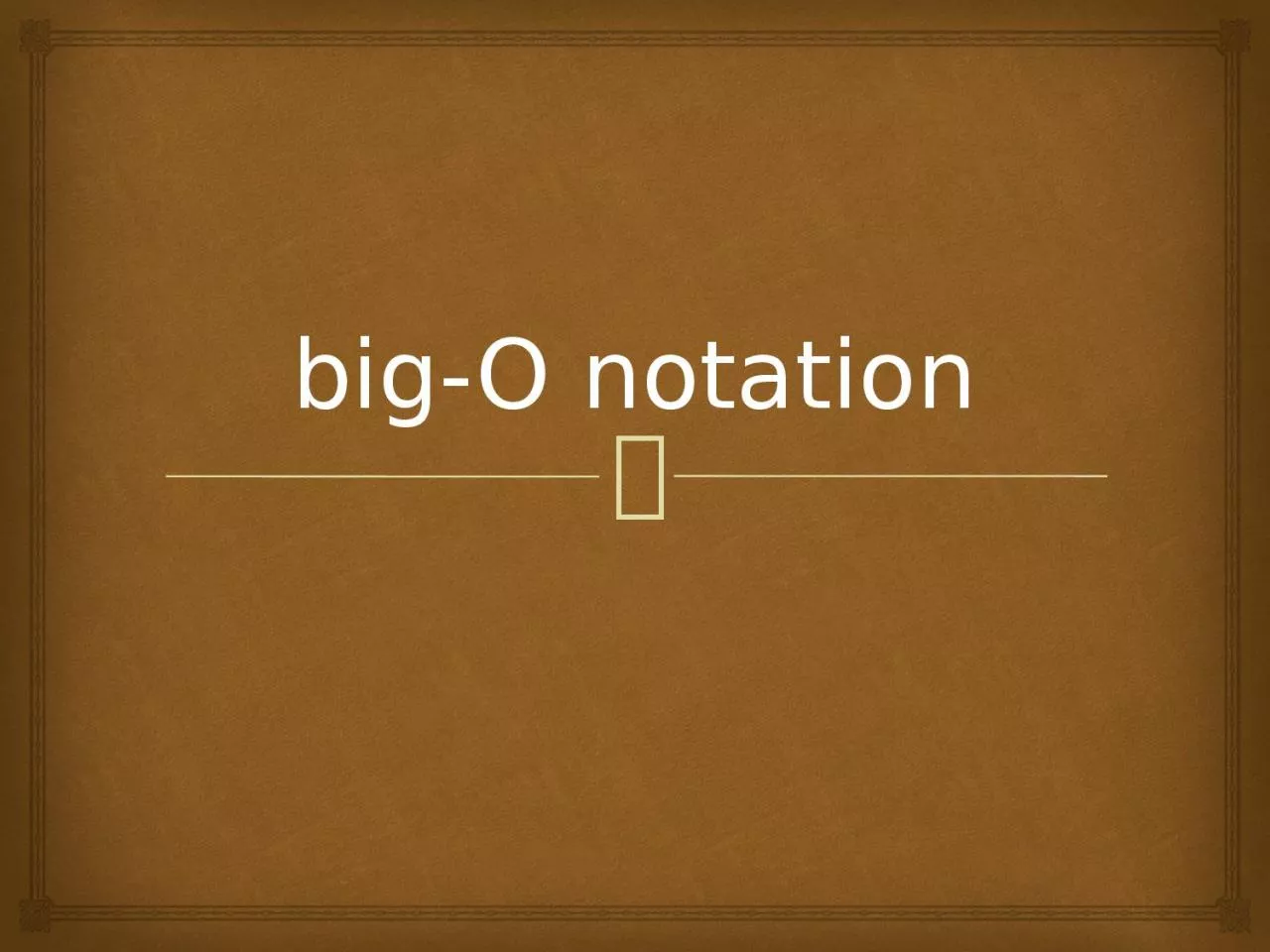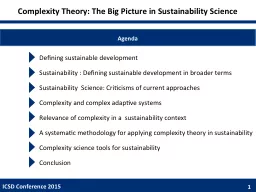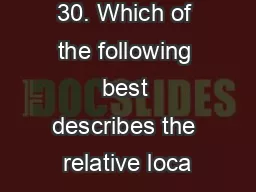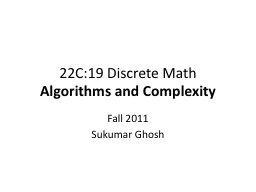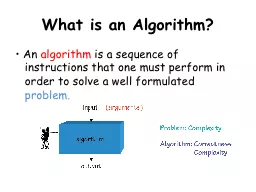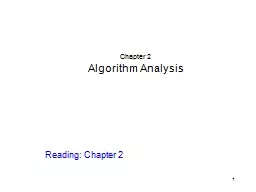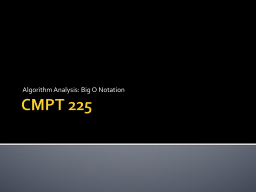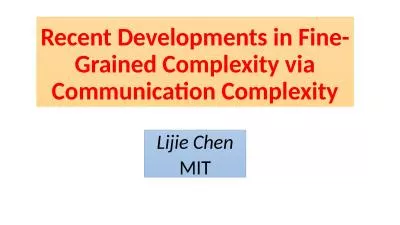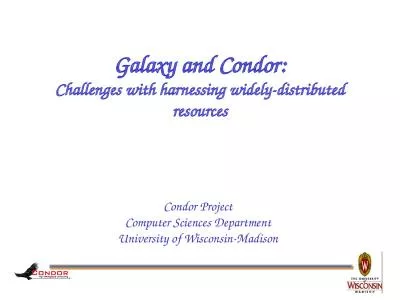PPT-big-O notation Big-O Notation is the most widely used method which describes algorithm
Author : isla | Published Date : 2023-09-19
the execution time required or the space used in memory or in disk by an algorithm Big O notation is used describe the rough estimate of the number of steps to
Presentation Embed Code
Download Presentation
Download Presentation The PPT/PDF document "big-O notation Big-O Notation is the mos..." is the property of its rightful owner. Permission is granted to download and print the materials on this website for personal, non-commercial use only, and to display it on your personal computer provided you do not modify the materials and that you retain all copyright notices contained in the materials. By downloading content from our website, you accept the terms of this agreement.
big-O notation Big-O Notation is the most widely used method which describes algorithm: Transcript
Download Rules Of Document
"big-O notation Big-O Notation is the most widely used method which describes algorithm"The content belongs to its owner. You may download and print it for personal use, without modification, and keep all copyright notices. By downloading, you agree to these terms.
Related Documents

